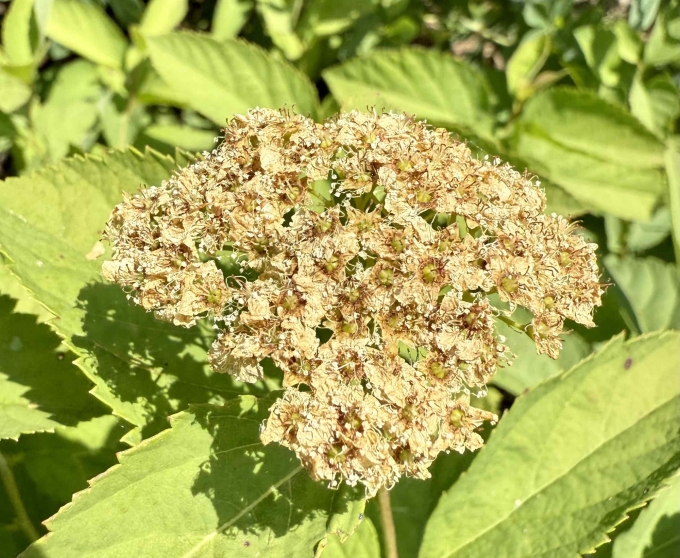Common Name: Japanese Spirea
Family: Rosaceae
Plant Type: Deciduous Shrub
Native Range: Japan, China, Korea
Hardiness Zones: 4–9
Height: 2.0 to 4.0 feet
Spread: 2.0 to 4.0 feet
Bloom Time: Early to mid-summer (June–July in Nebraska)
Bloom Description: Clusters of small, pink to reddish-pink flowers held in flat-topped clusters
Sun Exposure: Full sun to light shade
Water Needs: Medium
Soil Preference: Well-drained soils; tolerates a range of soil types including clay
Maintenance Level: Low to medium
Suggested Use: Borders, foundation plantings, mass plantings, hedges
Attracts: Butterflies, some pollinators
Tolerates: Deer, clay soils, drought (once established)
Notable Features: Reliable summer bloom, compact size, adaptable, colorful cultivars available
Nebraska Growing Notes:
Japanese Spirea is a hardy, versatile, and popular landscape shrub in Nebraska gardens. It performs well in full sun but tolerates partial shade, though flowering is best with at least 6 hours of direct light.
It thrives in a wide range of soil conditions, including Nebraska’s clay soils, as long as they’re reasonably well-drained. Once established, it can tolerate some drought and heat.
This shrub produces masses of pink flowers in early to mid-summer, and many cultivars have attractive foliage that may be gold, chartreuse, or burgundy, adding color even when not in bloom.
Pruning after bloom can encourage a second flush of flowers later in the season. Every few years, rejuvenation pruning (cutting back hard in late winter or early spring) helps maintain vigor and shape.
Landscape Use:
Ideal for low-maintenance borders, foundation plantings, hedges, mass plantings, and pollinator-friendly beds. Works well in both formal and informal designs and combines nicely with ornamental grasses, Salvia, and Rudbeckia.
Caution:
Not toxic, but in some regions of the U.S., Japanese Spirea has been noted to naturalize beyond garden settings. In Nebraska, it remains manageable and is widely planted without significant ecological impact.
Garden Locations:
Sources:

